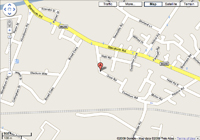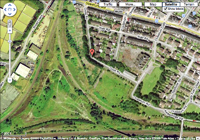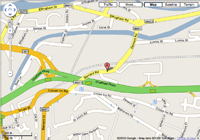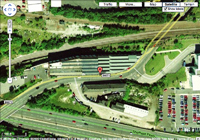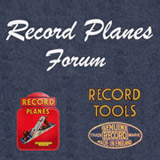The History of Record Planes
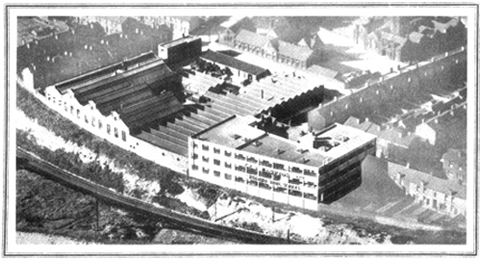
The factory at Ouse Road, Attercliffe in Sheffield
(from Catalogue No. 15)
The “Record” trademark was registered by the firm of C & J Hampton in the Trade Mark Journal in 1909. Charles and Joseph Hampton were Sheffield toolmakers and ironfounders located at Eagle Foundry in Livingston Road, Sheffield, who had originally started their business in 1898 manufacturing marlin spikes and specialist castings. By 1908 C & J Hampton became a limited company. At the time their main interests were centred around the production of engineering and woodworking vices, pipe vices and cutters, woodworking sash, T-bar and G-cramps, as well as floor cramps, wrenches and jacks.
It wasn’t until January 1931 that the company introduced a range of woodworking planes, based on the popular patterns of the Stanley Tool brand, in their No. 10 catalogue. By this time the factory had relocated to Ouse Road in Attercliffe, Sheffield, and the new planes were being marketed as “an entirely new British product”, benefitting from new Government import tariffs which penalised imports and assisted British manufacturers in combatting the influx of imported planes from America and other countries. Woodworking planes made by Stanley Tools in particular dominated the British market and so a “Buy British” campaign was instigated to help combat the depression in Britain at that time.
In October 1934, C & J Hampton bought the manufacturing rights from John Rabone And Sons Ltd. for the entire range of iron planes and spoke shaves formally manufactured by Edward Preston And Sons Ltd. of Birmingham. By the early 1930’s it had become apparent that Preston’s had fallen into financial difficulties and they were subsequently bought out by Rabone’s in October 1932. Prior to this, Preston’s had been Rabone’s main competitor in the manufacture of rules and levels so the takeover made perfect business sense however, after the acquisition, Rabone struggled with the concept of becoming planemakers as well, and saw it as a deviation from their traditional product lines. They did, however, spend almost two years re-organising the iron plane making department at Preston’s Whittall Works before deciding that “certain products were found not to conform readily with the company’s other interests.”, so the rights were then sold to C & J Hampton.
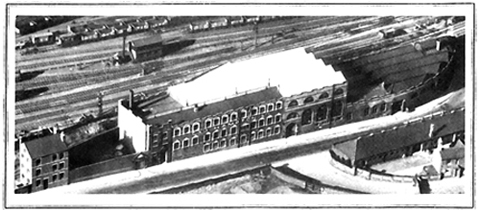
It is interesting to note that an August 1933 price list of Record’s features several shoulder and bullnose rebate planes manufactured by Edward Preston, suggesting that these had been onsold from Rabone as they had, quite rightly, inherited all of the stock from Preston. These planes, and others from Preston’s line, also appeared in John Rabone’s 1934 catalogue.
Record continued to add various planes and spokeshaves to its product line over the coming years, but were forced to drop some of their range because of wartime restrictions. It is unfortunate to note that many of these planes and spoke shaves never made it back into production once the restrictions had been lifted. Some of these planes included the No. 02 Smooth Plane, Nos. 077 & 1366 Bullnose Rebates, Nos. 072 & 074 Shoulder Rebates and the No. 015, 016, 017 & 019 Block Planes. For a more comprehensive list please check out the Record Planes dropped from production during the War page.
During the 1950’s and into the early 1960’s, Catalogue No. 16 was frequently reissued in pocket form to keep customers informed of new tools, as well as the availability of certain pre-war planes, spokeshaves and other tools. Price lists were also updated wherever necessary. It wasn’t until the firm had moved into new premises at Parkway Works in 1963 that Catalogue No. 17 was issued and that the product line had “stabilised” from its post-war restrictions.
In 1972, C & J Hampton Ltd. merged with William Ridgway Ltd. to form Record-Ridgway Tools Ltd. By doing so, Record had taken on the manufacturing of wood boring tools, which was Ridgway’s core business.
AB Bahco, a Swedish chisel & woodworking tool company, bought Record-Ridgway Tools in March 1981, and renamed it Record Holdings in 1985, before renaming it again three years later to Record Marples (Woodworking Tools) Ltd. Around the same time the names of both “Record” and “Marples” appeared on the body castings of some planes — predominantly the bench and block planes — around the front knob.
It was obviously a period of great upheaval for the firm as the company was renamed a further three times in the 1990’s — Record Tools Ltd. in 1991, Record Holdings plc in 1993 and then Record Tools Ltd. (a division of American Tool Companies Inc) in 1998.


